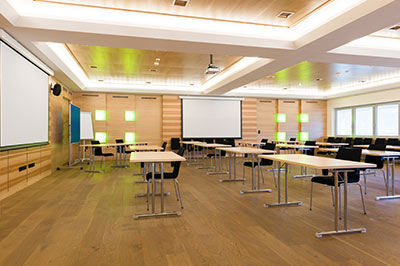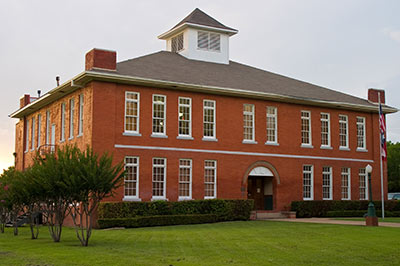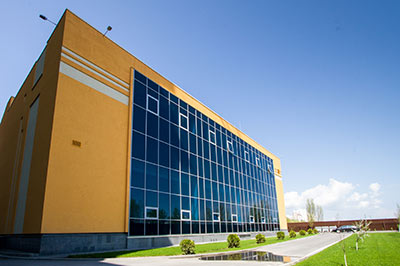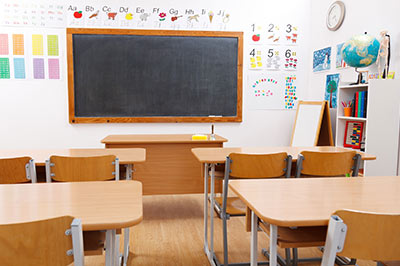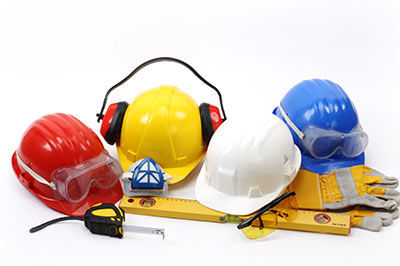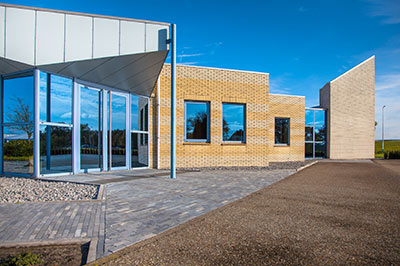Planning Resources for K-12 Schools
By T. R. Dunlap Nobody should underestimate the importance of careful planning when schools engage in any operation or initiative. While many of us are eager to take an idea and run with it, the academic literature and case studies frequently remind us that planning cannot be ignored. The research has indicated that the quality of ...continue reading "Planning Resources for K-12 Schools"


